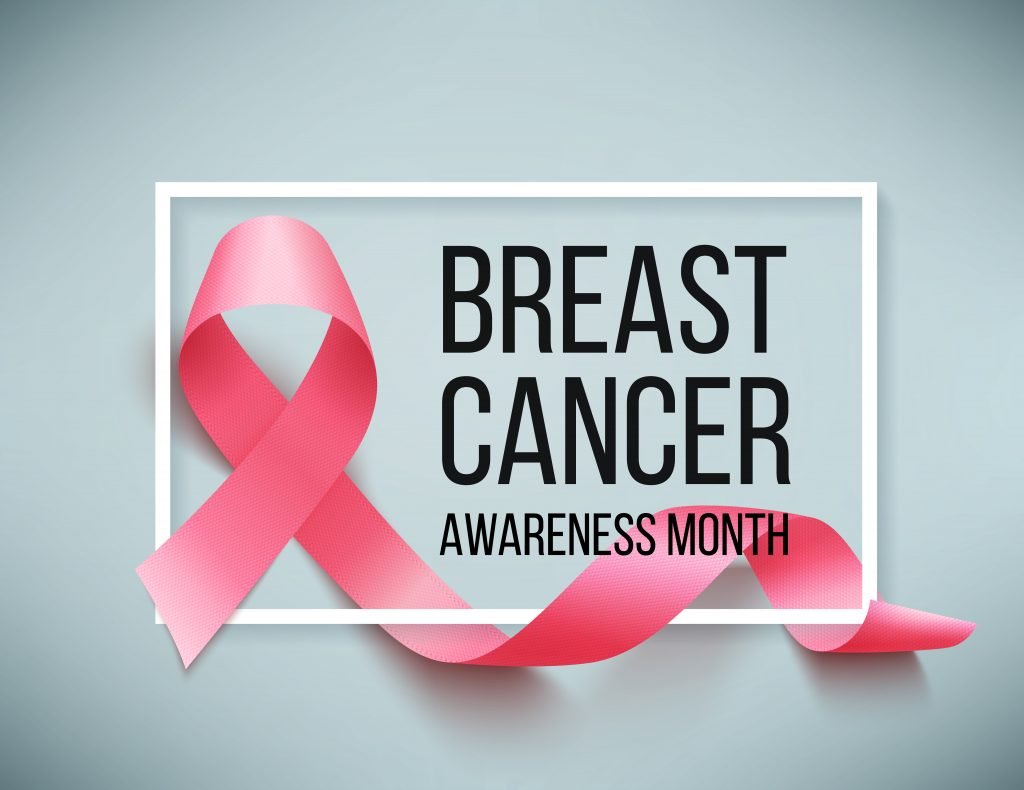Each year in the United States, about 255,000 women get breast cancer, and 42,000 women die from the disease. October is National Breast Cancer Awareness Month, an annual event to increase breast cancer awareness. Routine mammography screening is one of the most critical steps to maintaining health, preventing disease, and living a healthy life.
What Causes Cancer To Develop?
Cancer begins in the cells, the basic building blocks that make up tissue. Sometimes, the process of cell growth goes wrong, and new cells form when the body doesn’t need them, and old or damaged cells do not die as they should. When this occurs, a build-up of cells often begins in a mass of tissue called a lump, growth, or tumor.
Breast cancer occurs when malignant tumors develop in the breast. These cells can spread by breaking away from the original tumor and entering blood vessels or lymph vessels, which branch into tissues throughout the body. When cancer cells travel to other body parts and begin damaging other tissues and organs, the process is called metastasis.
There are several different types of breast cancer. The most common form of breast cancer is ductal carcinoma, which begins in the cells of the ducts. Cancer that begins in the lobes or lobules is called lobular carcinoma and is more often found in both breasts than are other types of breast cancer. Inflammatory breast cancer is rare in which the breast is warm, red, and swollen.
Other risk factors include: older females, estrogen (made in the body), dense breast tissue, age at menstruation and first birth, taking hormones for symptoms of menopause, smoking, obesity, and not getting enough exercise.
Hereditary breast cancer makes up 5 to 10 percent of all breast cancer diagnoses. In addition, women with specific gene mutations, such as mutations in the BRCA1 or BRCA2 genes, have an increased risk of developing breast cancer and ovarian cancer.
How Can I Lower My Risk?
- You can do things to help lower your breast cancer risk.
- Keep a healthy weight and exercise regularly.
- Don’t drink alcohol, or limit the amount of alcohol you drink.
- If you are taking hormone replacement therapy or birth control pills, ask your doctor about the risks.
- Breastfeed your children, if possible.
These guidelines are for women at average risk for breast cancer. For screening purposes, a woman is considered to be at average risk if she doesn’t have a personal history of breast cancer, a strong family history of breast cancer, or a genetic mutation known to increase the risk of breast cancer (such as in a BRCA gene), and has not had chest radiation therapy before the age of 30.
- Women between 40 and 44 can start screening with a mammogram every year.
- Women 45 to 54 should get mammograms every year.
- Women 55 and older can switch to a mammogram every other year or choose to continue yearly mammograms. Screening should continue as long as a woman is in good health and is expected to live at least ten more years.
All women should understand what to expect when getting a mammogram for breast cancer screening – what the test can and cannot do. Clinical breast exams are not recommended for breast cancer screening among average-risk women at any age.
After Treatment
Many people are ready and able to put breast cancer behind them after completing treatment. But others may worry about the ongoing screening needed to monitor breast cancer recurrence (cancer coming back). In addition, some people may have long-term side effects from treatment that they need to manage. And for people diagnosed with hormone receptor-positive breast cancer, hormonal therapy will likely be part of their ongoing treatment for many years to reduce the risk of recurrence.
Whatever your experience at the end of breast cancer treatment, you and your medical team should have a survivorship care plan to ensure you have the best ongoing care and quality of life possible.
REFERENCES
CDC – Centers for Disease Control
American Cancer Society
Breastcancer.org
AACR – American Association for Cancer Research









